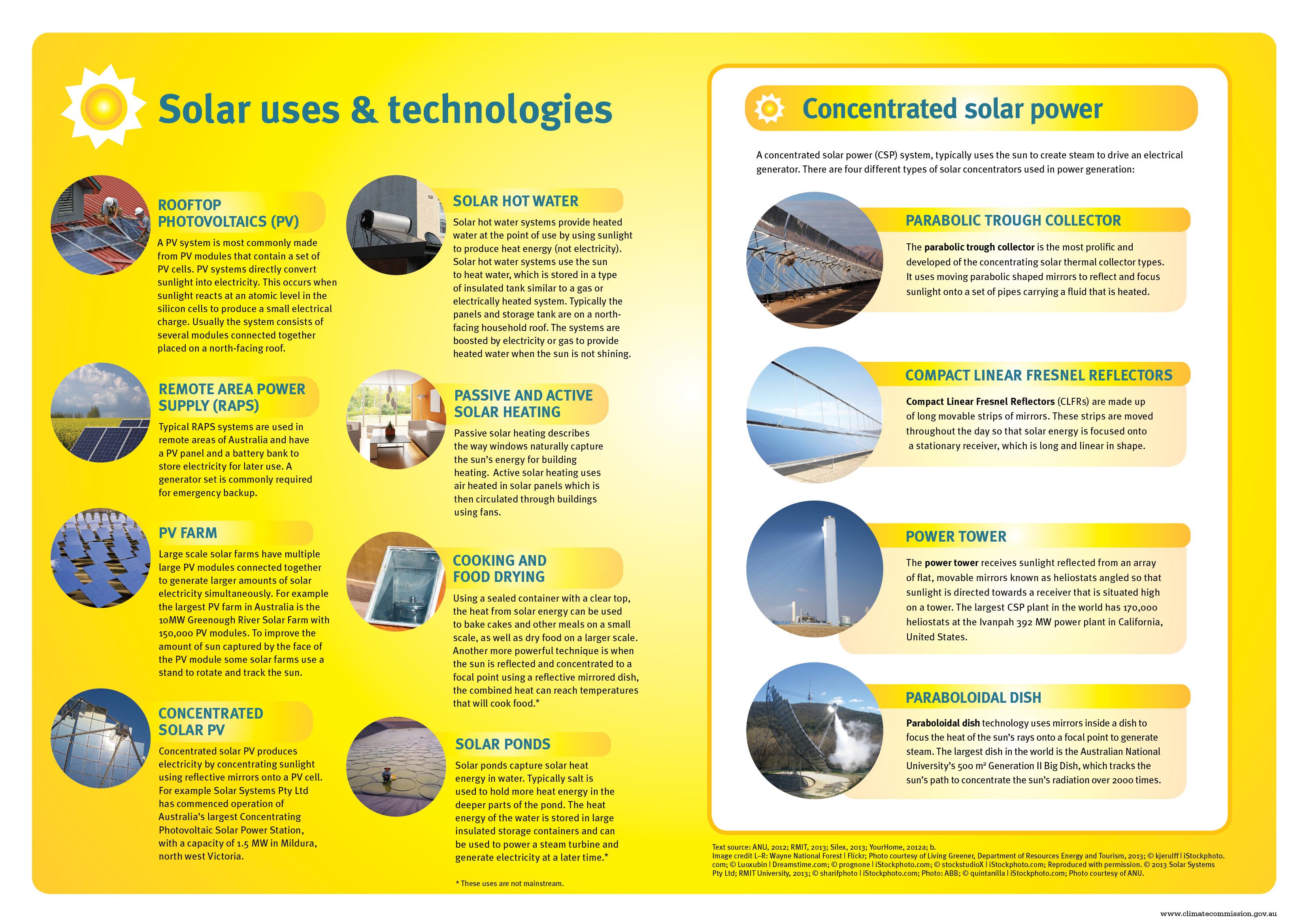As the golden orb of the sun rises each day, it bathes the earth in an abundant source of energy, whispering promises of a sustainable future. In the race against climate change, the world is increasingly turning its gaze skyward, seeking salvation in the form of solar technology. Yet, as the demand for renewable energy surges to unprecedented heights, a pressing question emerges: Can solar technology keep pace with our aspirations? In this exploration, we delve into the dynamic landscape of solar advancements, examining whether this radiant beacon of hope can truly illuminate the path to a greener tomorrow. With innovation and necessity locked in a delicate dance, we stand at the crossroads of potential and reality, eager to uncover whether the sun’s promise can meet the earth’s growing needs.
Harnessing the Sun: Innovations Driving Solar Efficiency
In the quest to meet the surging appetite for renewable energy, solar technology stands at the forefront, continually evolving to maximize efficiency. Recent innovations have sparked a renaissance in how we capture and utilize solar power. Bifacial solar panels are one such breakthrough, capable of capturing sunlight from both sides, thereby enhancing energy yield without a significant increase in installation footprint. Perovskite solar cells, celebrated for their high efficiency and low production costs, are paving the way for more affordable solar solutions, with potential efficiencies surpassing traditional silicon-based cells.
- Quantum Dot Solar Cells: These offer a unique approach by utilizing nanoscale semiconductor particles, promising higher efficiency rates through improved light absorption.
- Floating Solar Farms: By placing solar panels on bodies of water, this innovation not only conserves land but also reduces water evaporation and improves panel performance due to cooler temperatures.
- Solar Skins: Customizable solar panels designed to blend seamlessly with roofs, enhancing aesthetic appeal while providing energy solutions tailored to residential needs.

Balancing Supply and Demand: Challenges in Solar Energy Adoption
The surge in the global demand for renewable energy sources has spotlighted solar energy as a promising contender. However, aligning the supply of solar technology with this burgeoning demand presents unique challenges. Manufacturing bottlenecks often emerge as a critical hurdle, with the production of solar panels being constrained by the availability of raw materials like silicon. Additionally, the geopolitical landscape plays a significant role, as supply chain disruptions can lead to delays and increased costs, impacting the scalability of solar solutions.
Furthermore, while the interest in solar technology is climbing, the infrastructure required for widespread adoption is still catching up. Many regions face obstacles such as inadequate grid systems, which struggle to integrate solar energy efficiently. There is also the issue of energy storage; without effective storage solutions, the intermittent nature of solar power remains a challenge. Addressing these issues requires a concerted effort involving innovation, investment, and policy reform to ensure that solar energy can truly meet the growing global demand.

Future-Proofing Solar Infrastructure for Expanding Needs
As the global appetite for renewable energy intensifies, the solar industry faces the challenge of evolving its infrastructure to meet these burgeoning demands. Future-proofing solar infrastructure involves strategic planning and innovative technology to ensure long-term viability and efficiency. Key strategies include:
- Adaptive Energy Storage: Implementing advanced battery systems that can store surplus energy and distribute it effectively during peak demand periods.
- Scalable Solutions: Designing solar installations with modular components that allow for easy expansion and upgrades as technology advances.
- Smart Grid Integration: Enhancing grid connectivity through IoT and AI technologies, ensuring seamless energy flow and management across diverse sectors.
- Sustainable Materials: Utilizing eco-friendly materials in solar panel production to minimize environmental impact while maximizing efficiency.
These strategies, combined with continuous research and development, position the solar sector to not only meet current energy needs but also adapt to future challenges. By embracing innovation and flexibility, the industry can ensure that solar power remains a cornerstone of sustainable energy solutions worldwide.

Strategic Policy Recommendations for Sustainable Solar Growth
To ensure solar technology can meet the surging demand for renewable energy, several strategic policy recommendations must be considered. Investment in research and development is crucial, focusing on enhancing the efficiency and storage capacity of solar panels. Governments should allocate funds to support innovations in photovoltaic technology and battery storage solutions. This investment will drive the industry forward and reduce the cost of solar installations, making them more accessible to a broader audience.
Implementing supportive regulatory frameworks is another key strategy. Policies should encourage the integration of solar technology into urban planning and construction, promoting solar rooftops and community solar projects. Additionally, establishing incentives such as tax credits or rebates for residential and commercial solar installations can accelerate adoption rates. It’s essential to prioritize grid modernization to handle increased solar input, ensuring a seamless transition to a more sustainable energy landscape.
- Research & Development Investment
- Supportive Regulatory Frameworks
- Incentives for Solar Adoption
- Grid Modernization
Concluding Remarks
As we stand on the brink of an energy revolution, the sun continues to cast its unwavering gaze upon us, offering an inexhaustible reservoir of potential. The quest to harness this celestial bounty is a testament to human ingenuity and resilience. Solar technology, with its ever-evolving innovations, stands poised to illuminate our path towards a sustainable future. Yet, the question remains: can it keep pace with the relentless march of demand? As the world turns its eyes to the horizon, only time will reveal whether our solar ambitions will rise to meet the challenge or fade like a fleeting sunset. In this unfolding narrative of progress and perseverance, one thing is certain—our journey towards a brighter, greener tomorrow is only just beginning.

































